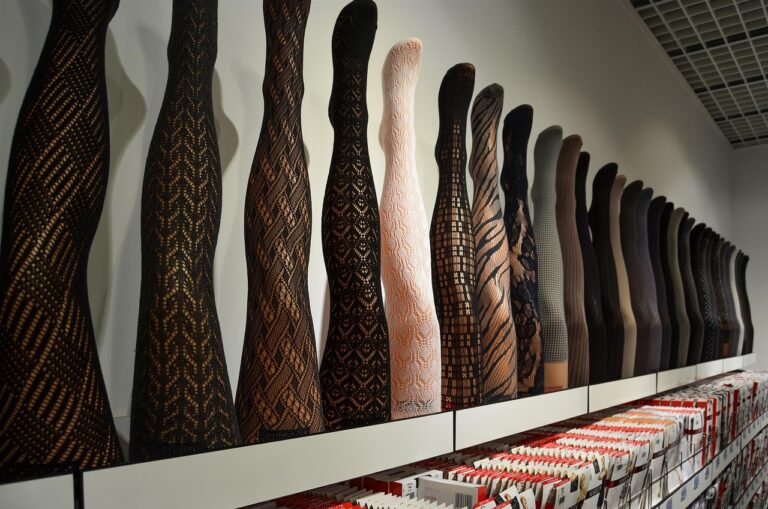The Evolution of Shopping Cart Technology: From Physical to Digital
Shopping carts have come a long way since their inception in the late 1930s. What started as a simple metal frame on wheels has evolved into a complex digital platform that allows consumers to browse, select, and purchase items with ease. In this article, we will explore the fascinating journey of shopping cart technology, tracing its evolution from physical to digital forms.
1. The Invention of the Shopping Cart
In 1936, Sylvan Goldman, a grocery store owner in Oklahoma City, introduced the first shopping cart to his customers. The original design consisted of a simple metal frame with a basket on top, mounted on wheels for easy maneuverability. This invention revolutionized the way people shopped, allowing them to easily transport their goods throughout the store.
2. The Rise of Self-Service Supermarkets
With the success of shopping carts, self-service supermarkets began to emerge in the 1940s and 1950s. These large stores offered a wide range of products for customers to browse and select on their own. Shopping carts became an essential tool for navigating these vast aisles and carrying multiple items at once.
3. The Introduction of Digital Shopping Carts
As technology advanced, so did shopping cart technology. In the early 2000s, online retailers began to implement digital shopping carts on their websites. These virtual carts allowed customers to add items to their cart with a simple click, review their selections, and proceed to checkout with ease. Digital shopping carts made online shopping more convenient and streamlined the purchasing process.
4. The Evolution of Mobile Shopping Carts
With the widespread adoption of smartphones, shopping cart technology continued to evolve. Mobile shopping carts emerged, allowing customers to shop and make purchases directly from their mobile devices. These mobile carts were optimized for smaller screens, making it easy for users to navigate and complete transactions on the go.
5. The Integration of AI and Personalization
Today, shopping cart technology is more advanced than ever. Artificial intelligence (AI) is being integrated into shopping carts to offer personalized recommendations based on a customer’s browsing and purchasing history. AI-powered carts can suggest products that match a customer’s preferences, making the shopping experience more tailored and enjoyable.
6. The Future of Shopping Cart Technology
As technology continues to advance, the future of shopping cart technology holds endless possibilities. From virtual reality shopping experiences to voice-activated carts, innovations in shopping cart technology will continue to transform the way we shop. The evolution of shopping cart technology showcases the power of innovation and adaptation in the retail industry.
FAQs
Q: What is the purpose of a shopping cart?
A: The primary purpose of a shopping cart is to allow customers to easily transport and organize items they wish to purchase while shopping in a store or online.
Q: How do digital shopping carts work?
A: Digital shopping carts work by allowing customers to add items to their cart with a simple click. Customers can review their selections, adjust quantities, and proceed to checkout to complete their purchase.
Q: What are the benefits of using a mobile shopping cart?
A: Mobile shopping carts offer the convenience of shopping and making purchases from anywhere, at any time. They are optimized for smaller screens and make it easy for users to navigate and complete transactions on their mobile devices.
In conclusion, the evolution of shopping cart technology has transformed the way we shop, both in physical stores and online. From the humble beginnings of the metal shopping cart to the advanced digital and mobile carts of today, shopping cart technology continues to innovate and improve the shopping experience for consumers. The future of shopping cart technology holds exciting possibilities, promising even more convenience and personalization for shoppers worldwide.







